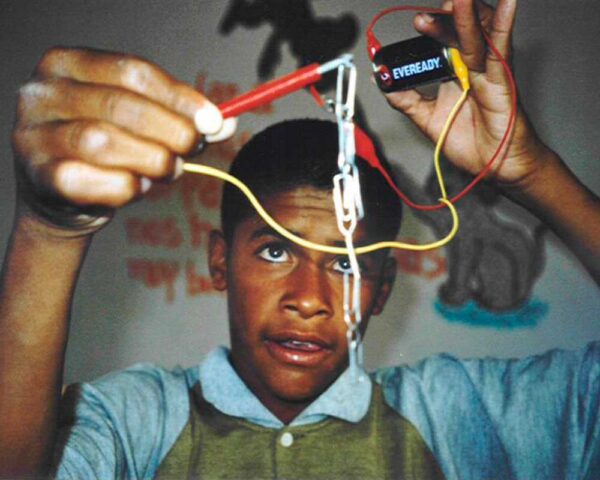
Our Objectives:
to develop co-operatively appropriate ways of enabling and motivating Colombian student teachers to educate and motivate children who are disconnected from the official school system – within a few weeks.
Our Approach:



Strategy 1:
⇒ Physics or science course for student teachers offered by us
⇒ Student teachers prepare lessons. They are supported by us.
⇒ Student teachers teach 5-15 street children – the lessons are videotaped – a detailed reflection follows
Strategy 2:
⇒ Advanced student teachers prepare lessons. They are supported by us.
⇒ Student teachers teach 10-25 street children – the lessons are videotaped – a focused reflection on teaching-learning situations follows
Strategy 3:
⇒ Preparation of an interactive science exhibition by student teachers and supported by us
⇒ Realization and reflection on street children’s activities and teaching-learning situations

